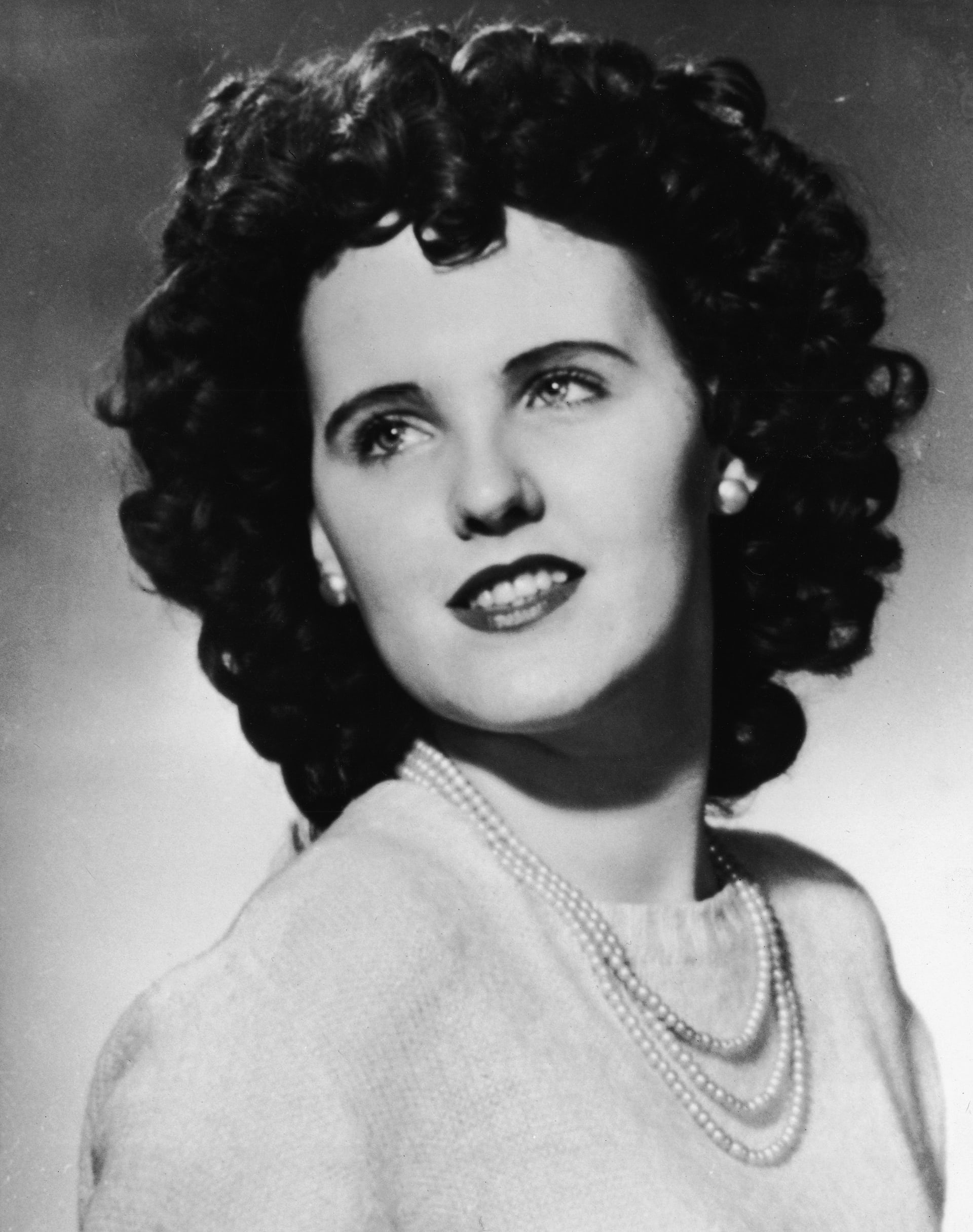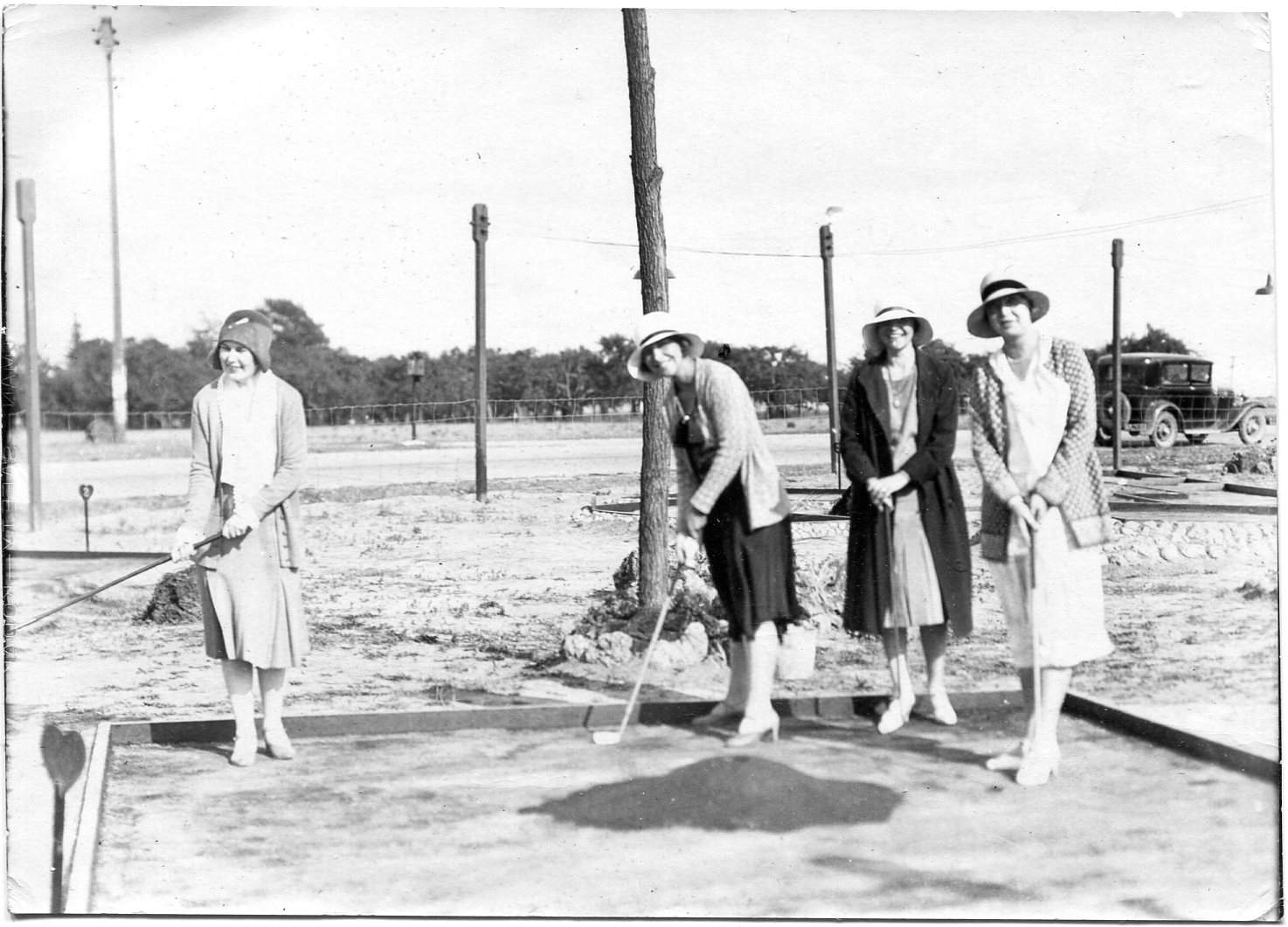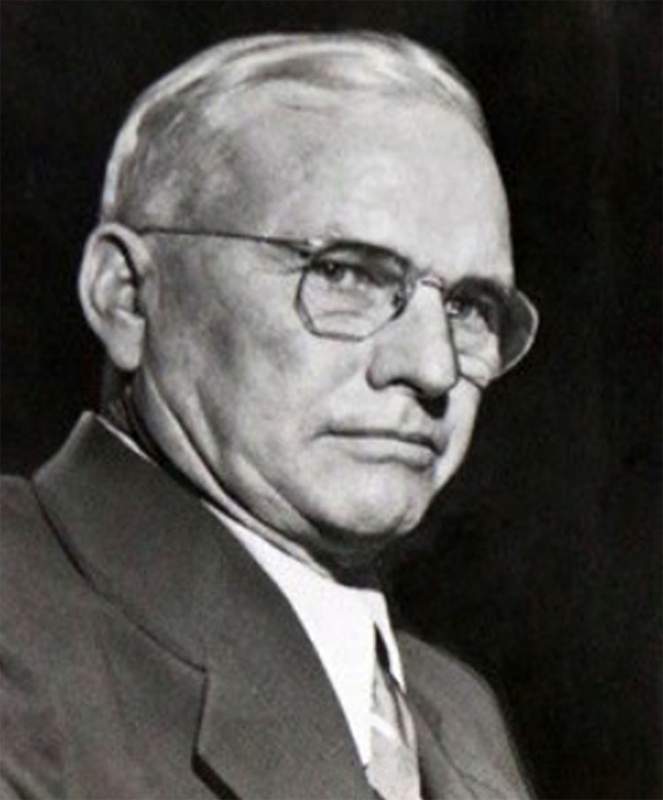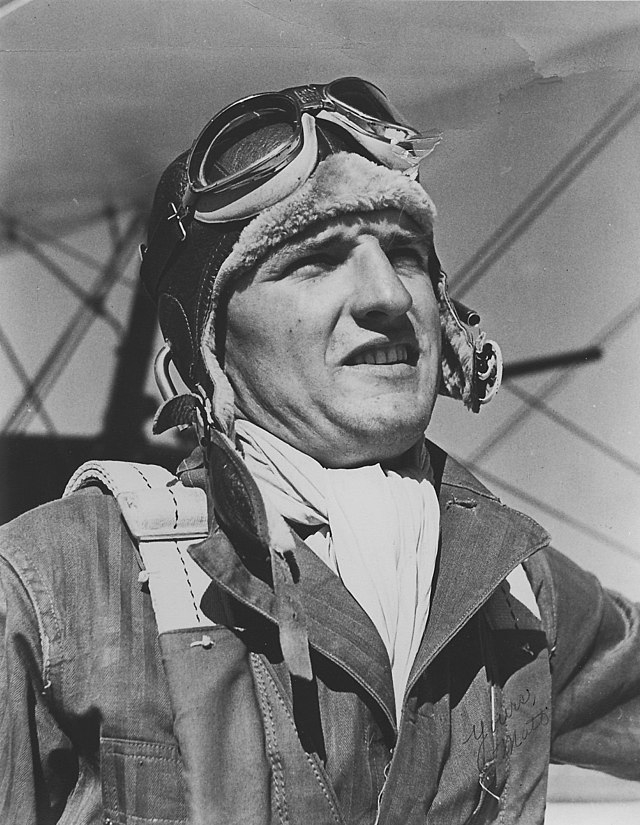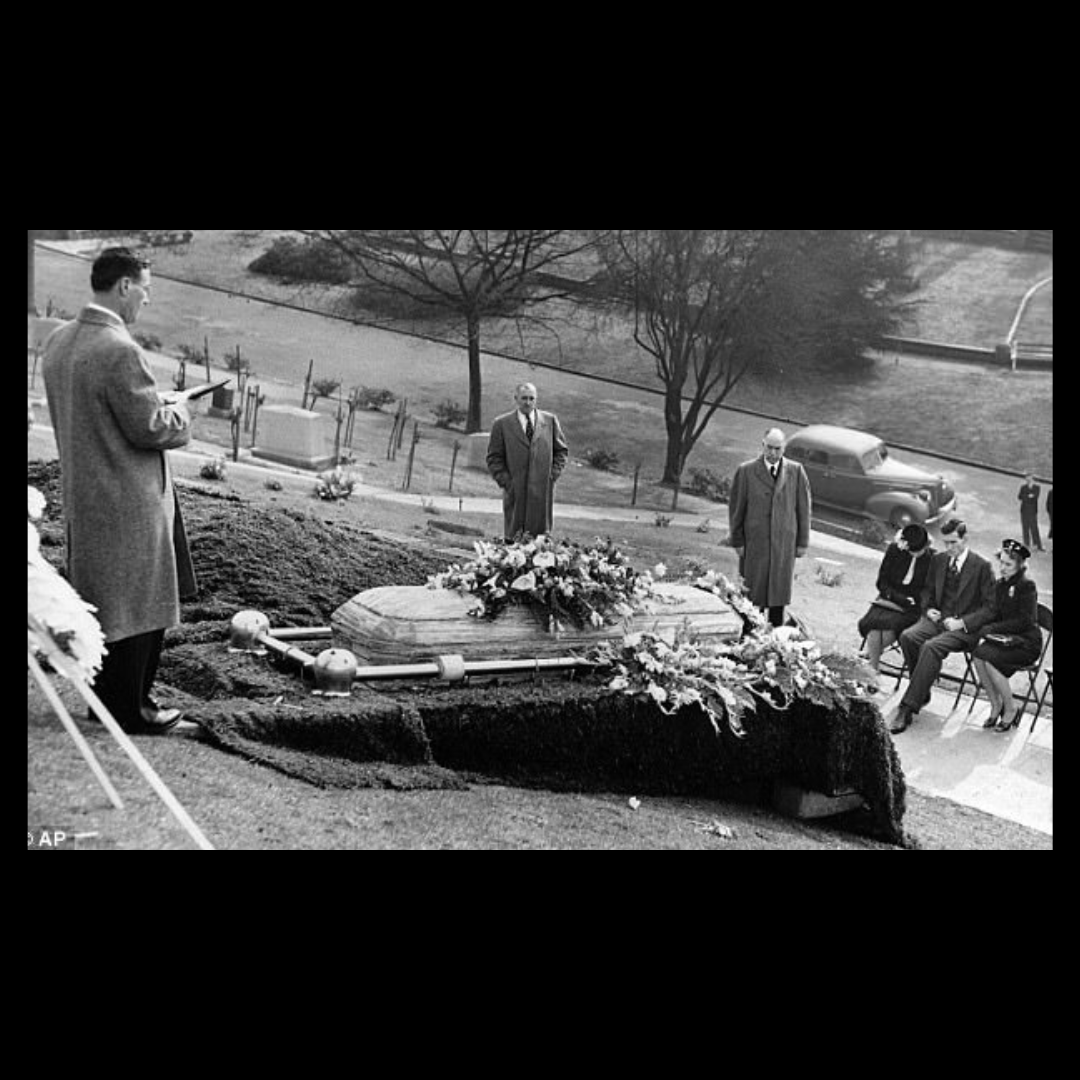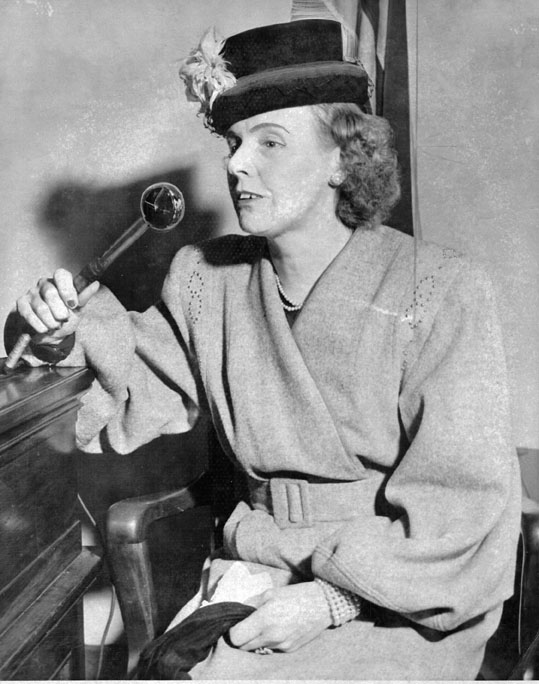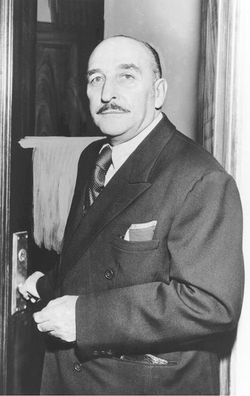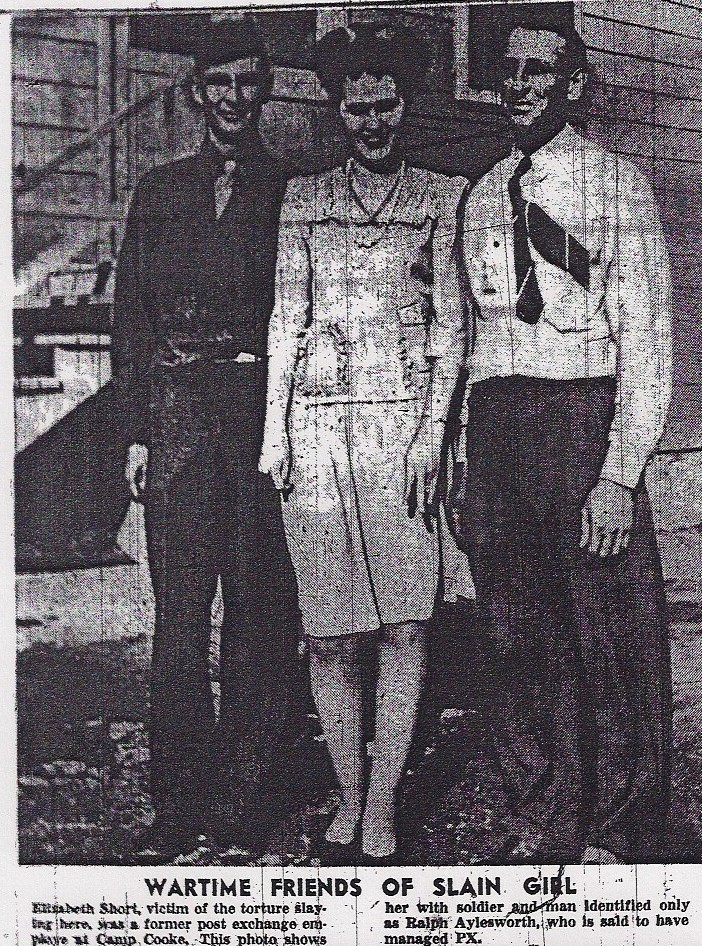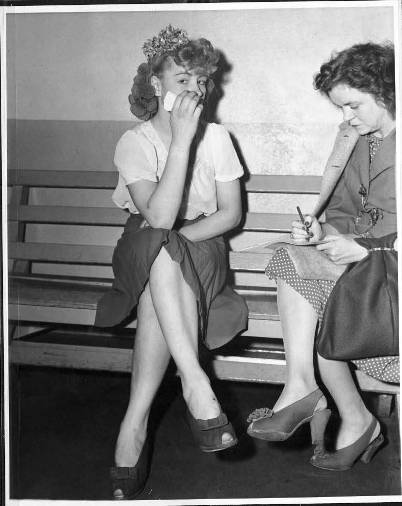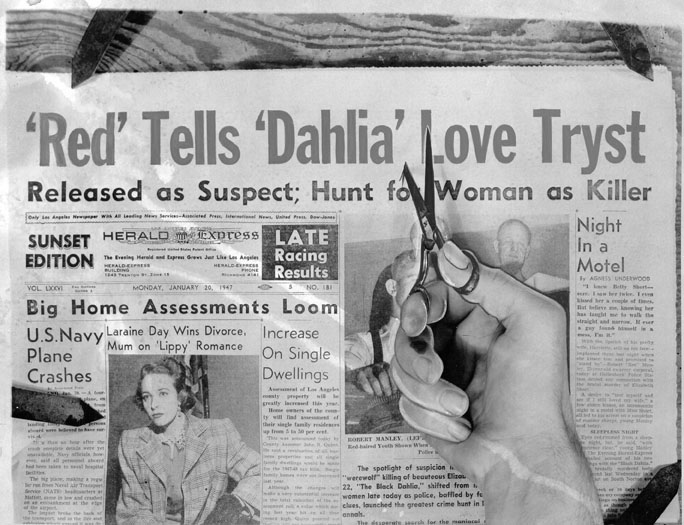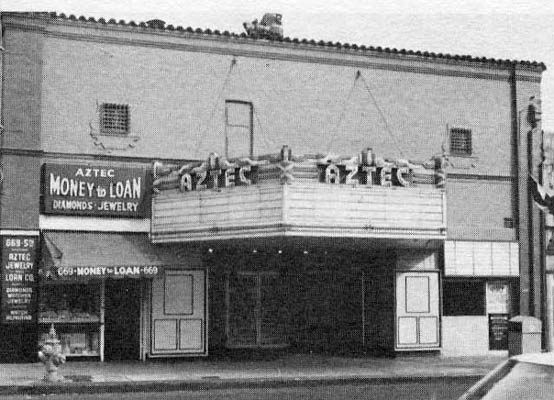On January 22, 1947, one week after Beth Short’s murder, the coroner held an inquest to determine the manner of her death.
It was an excruciating ordeal for her family. They called her mother, Phoebe, to the stand. Asked when she was first notified that her daughter died, she half rose from her chair and blurted; “She was murdered.” She regained her composure, sat down, and told the jury she last saw Beth in April 1946, in Massachusetts.
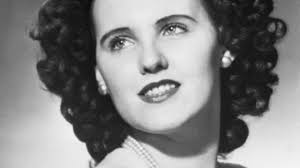
Beth wrote to Phoebe every week. She told her she was a waitress. She also said she worked as a film extra, and was going to San Diego to work in a veteran’s hospital. None of that was true.
Phoebe said she planned to bury Beth in Oakland, California. Beth’s sister Virginia lived there.
Robert “Red” Manley testified he knew Beth for about a month. He last saw her on January 9, 1947, when he drove her from San Diego to Los Angeles, and left her at the Biltmore Hotel.
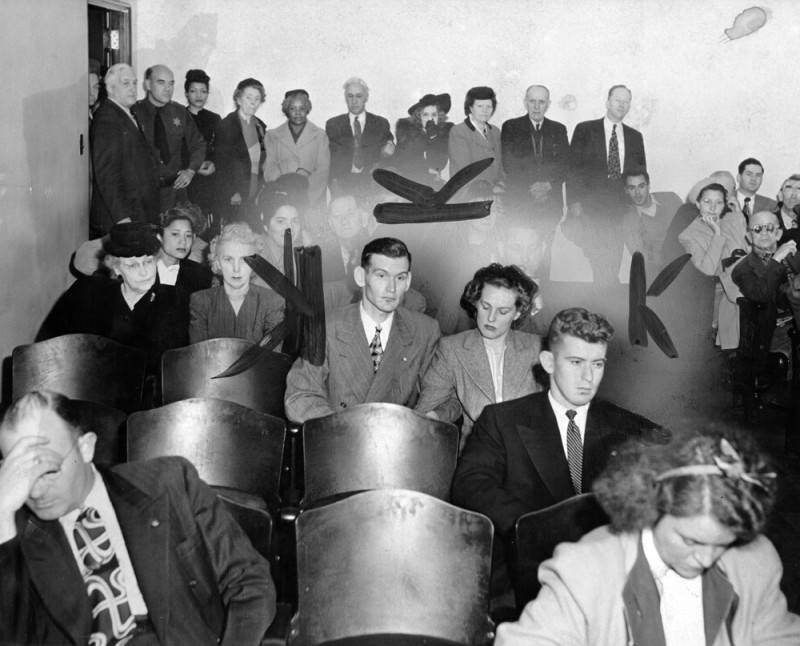
behind Robert “Red” Manley at the coroner’s inquest. [Photo courtesy LAPL]
Among the others to testify was Detective Jess W. Haskels. He told the nine-man jury that the “body was clean and appeared to be washed” when found on January 15. He described how the killer cut the body in half at the waist.
Dr. Frederick Newbarr, chief autopsy surgeon, stated that Beth’s murder occurred less than 24 hours before her discovery. He said his autopsy showed her death was due to hemorrhage, shock, concussion of the brain, and lacerations of the face.
Beth’s brother-in-law, Adrian West (married to her sister Virginia), expressed the family’s gratitude for everyone working on the case. Virginia, Phoebe, and Adrian planned to leave for Oakland by train on the 23rd to accompany Beth’s body north.
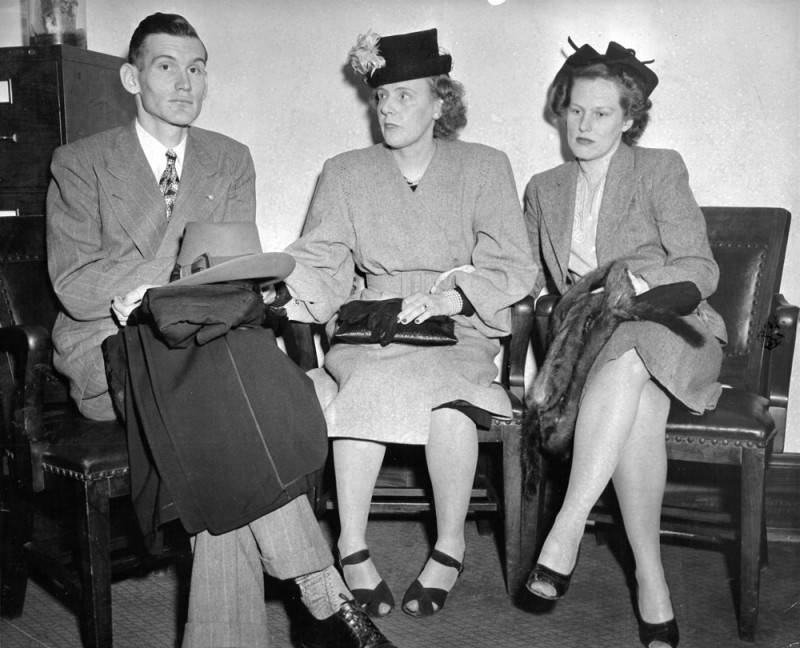
After hearing all the testimony, the jury retired for 45 minutes before returning with the expected verdict: Homicide. Death by person or persons unknown.
Vying for headlines with the inquest was Lynn Martin—known around Hollywood as a 22-year-old model.

Police searched for Lynn after finding out she roomed with Beth for a time in Hollywood. They found the frightened girl in a motel in the San Fernando Valley. At first, the detectives who questioned her believed her to be in her early 20s; but after spending hours with her, they saw her for the frightened teenager she was; only three days from her 16th birthday. They contacted juvenile officers to come for her.

She admitted her true name was Norma Lee Meyer, and her parents lived in Long Beach. Juvie officers said Lynn had a record dating back to when she was 11. She spent thirteen months in the El Retiro School for Girls.

Police hoped Lynn might help them with their investigation. They found her in a motel court in the San Fernando Valley. A cab driver, Ballard Smith, who knew Lynn, said he picked her up as a “fare” at Sunset Blvd. and Western Ave. on the afternoon of January 21st. He drove her to the Hollywood Post Office, and then to the Ventura Blvd motel.

As he drove Lynn to the motel, Ballard said he persuaded her to surrender to police. He learned from the newspapers that police sought her as a witness, not a suspect.
Lynn said she would call police as soon as she got to the motel. She explained she had not called them earlier because she was frightened, and didn’t want any notoriety.
As soon as she had checked in, managers of the motel recognized her and called police.
LAPD Captain Donohoe said they questioned Lynn about Edward P. (the Duke) Wellington because someone named him as one of her boyfriends. She admitted spending a few days in a motel with Wellington, and people saw her wearing a white-tipped silver fox fur wrap he allegedly bought her.
If Wellington bought Lynn a fur, he likely paid for it with a bad check. Police caught up with him in late January. Police cleared him of suspicion in Beth’s murder after proving he had never met her.
On February 3 1947, the Long Beach Independent featured an article about Lynn which, if true, may explain how, at 15, she was sleeping with a man in his 40s.
The paper interviewed Joe Kennick, head of the city’s juvenile bureau. He said Los Angeles police had arrested Lynn seven times. Even as she was being held by juvenile authorities, officials prepared to start court action against 10 male adults with whom she had been intimate.
Kennick said, “This poor, unfortunate girl is just another sad example of a child who never had a chance.” She bounced from relatives to foster homes, and she never got the care every child deserves.
On November 6, 1943, at only 12, police arrested her as wayward and for violation of the curfew ordinance.
The woman who was supposed to care for her forced her to sleep an unfinished garaged; no matter what the weather. One night when she got cold in the garage, she went to visit a 13-year-old friend. Lynn said she “wasn’t a nice girl—she gets herself picked up by sailors.”
The two girls went to the Pike, where drunken sailors picked them up. One sailor, about 20, seemed nicer than the others. Police arrested her when they found her with him under the pier.
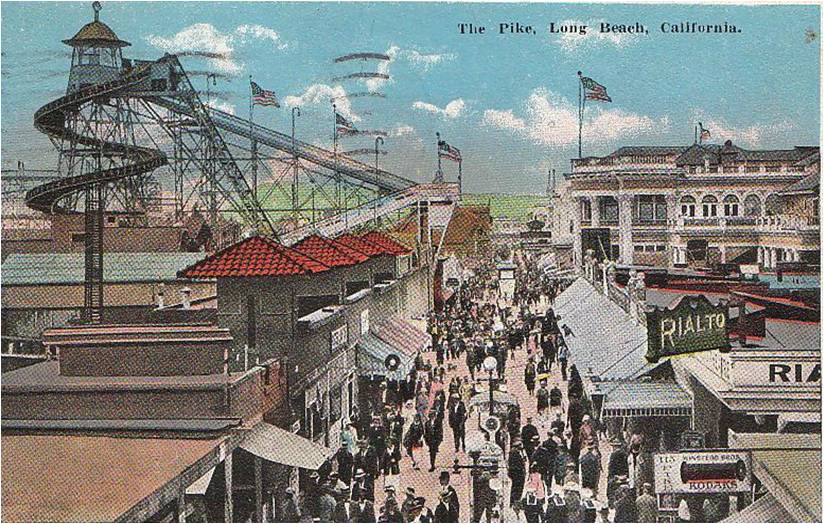
It is not surprising that by age 15 she was living on her own in Hollywood—pretending to be a model in her 20s. She told police, “Hollywood is full of men around 40 that want to buy you drinks and a meal. They expect you to pay for the drinks and meals with yourself.”
Lynn’s story illuminates the post-war world, especially for young women. Beth was several years older than Lynn, but I doubt she was any more worldly.
I don’t know what happened to Lynn. Unlike Beth, she got a second chance. I hope she used it wisely.

